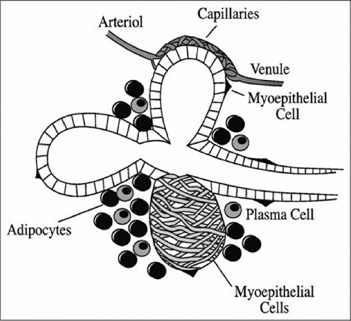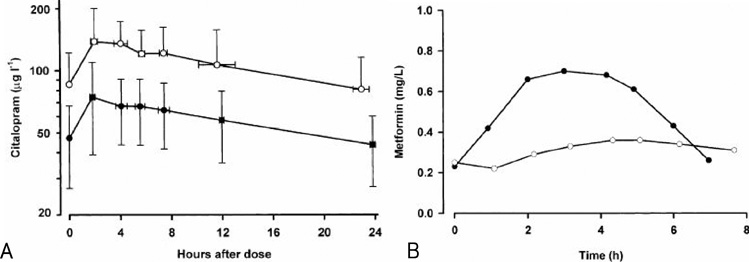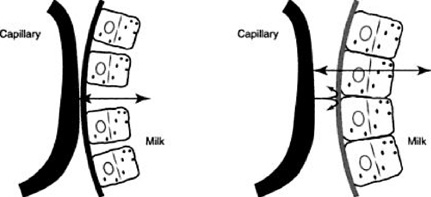Hanyang Med Rev.
2010 Feb;30(1):41-48. 10.7599/hmr.2010.30.1.41.
Drugs and Breastfeeding
- Affiliations
-
- 1Department of Pediatrics, Division of Neonatology Ulsan College of Medicine, Asan Medical Center Children's Hospital, Seoul, Korea. arkim@amc.seoul.kr
- KMID: 2053732
- DOI: http://doi.org/10.7599/hmr.2010.30.1.41
Abstract
- Clinician must consider several factors when advising a breastfeeding mother on the compatibility of her medications to breastfeeding infants: the benefit the medication will give to the mother; the risk of discontinuation of breastfeeding to the baby, the risk of medication to the baby and the risk of medication to the maternal milk supply. In almost all situations, there are numerous medications that can be safely used for specific symtoms and should be carefully chosen with the breastfeeding mother in mind. The transfer of medication from the maternal serum into milk depends on the drug's oral availability, lipid solubility, molecular weight, protein binding and half life. One must remember when the mother uses medication, that medication needs to be absorbed into the bloodstream of the mother, be able to cross into milk, be orally available to the infant, absorbed by infant's GI tract, be able to get into the infant's bloodstream and be at an infant dose which is generally very small.
Keyword
MeSH Terms
Figure
Reference
-
1. Hale TW. Pharmacology review: drug therapy and breastfeeding: pharmacokinetics, risk factors and effects on milk production. Neoreviews. 2004. 5:e164–e172.2. Hale TW. Pharmacology review: drug therapy and breastfeeding: antibiotics, analgesics, and other medications. Neoreviews. 2005. 6:e233–e240.3. Rampono J, Kristensen JH, Hackett LP, Paech M, Kohan R, Ilett KF. Citalopram and demethylcitalopram in human milk; distribution, excretion and effects in breast fed infants. Br J Clin Pharmacol. 2000. 50:263–268.
Article4. Hale TW, Kristensen JH, Hackett LP, Kohan R, Ilett KF. Transfer of metformin into human milk. Diabetologia. 2002. 45:1509–1514.
Article5. Rampono J, Kristensen JH, Kohan R, Page-Sharp M, Ilett KF. Transfer of escitalopram and its metabolite demethylescitalopram into breastmilk. Br J Clin Pharmacol. 2006. 62:316.
Article6. Lawrence RA, Lawrence RM. Breastfeeding, a guide for the medical profession. 2005. Philadelphia, USA: Elsevier Mosby.7. Auerbach KG. Breastfeeding and maternal medication use. J Obstet Gynecol Neonatal Nurs. 1999. 28:554–563.8. Hale TW. Maternal medications during breastfeeding. Clin Obstet Gynecol. 2004. 47:696–711.
Article9. Berlin CM, Briggs GG. Drugs and chemicals in human milk. Semin Fetal Neonatal Med. 2005. 10:149–159.
Article10. McNamara PJ, Abbassi M. Neonatal exposure to drugs in breast milk. Pharm Res. 2004. 21:555–566.
Article





